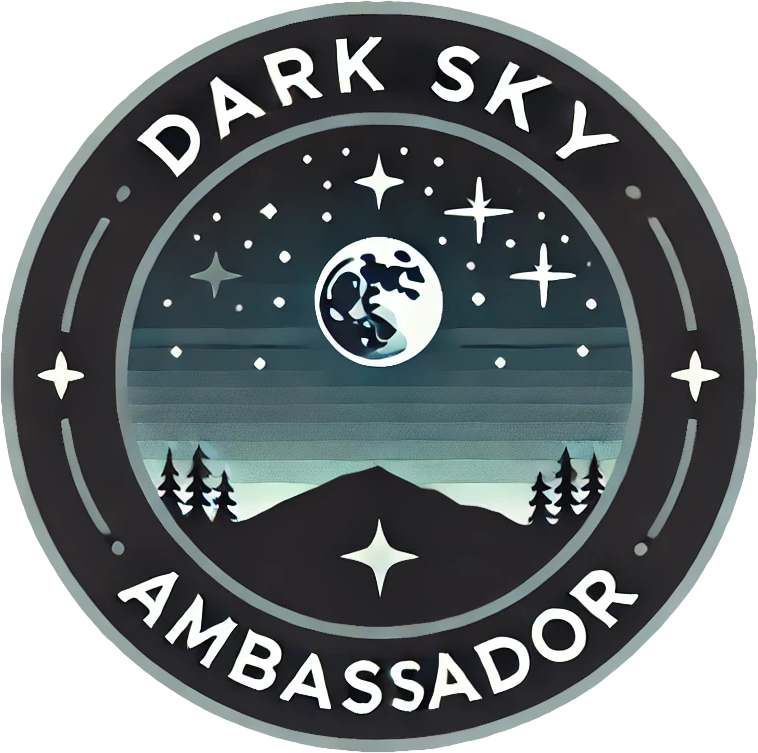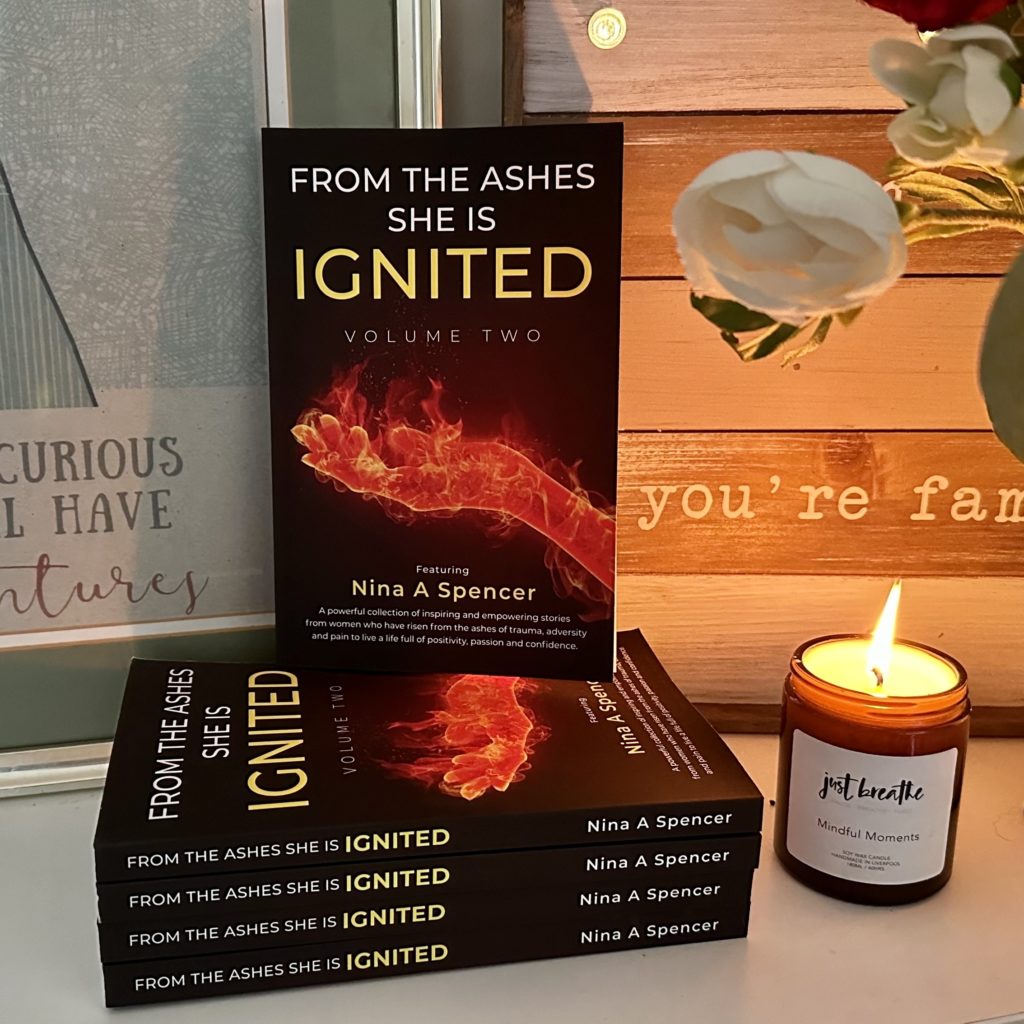Shedding Light on the Dark Side: How Artificial Nighttime Illumination May Increase Cancer Risks
The Hidden Costs of Artificial Light Night: Connecting ALAN to Cancer
Modern life has drastically altered our exposure to natural light cycles. Artificial light at night (ALAN), once hailed as a hallmark of progress, is now recognized as a potential health hazard. Emerging research suggests that ALAN may contribute to cancer risk by disrupting the body’s natural circadian rhythms, suppressing melatonin, and interfering with critical biological processes.
This post delves into the connection between ALAN and cancer, exploring the science, epidemiological studies, and practical steps to mitigate its risks.
What is Artificial Light at Night (ALAN)?
Artificial light at night refers to any human-made lighting used during nighttime hours, including streetlights, indoor lighting, electronic screens, and vehicle headlights. While ALAN is indispensable for modern living, excessive or inappropriate exposure can interfere with the body’s internal biological clock, known as the circadian rhythm.
Circadian Rhythm and Health
The circadian rhythm is a 24-hour cycle that regulates sleep, hormone production, metabolism, and cellular repair. Light serves as the primary cue (zeitgeber) for maintaining this rhythm. Disruption of circadian rhythms, often caused by exposure to ALAN, has been implicated in various health issues, including obesity, diabetes, cardiovascular disease, and cancer.
The Science: How ALAN Increases Cancer Risk
- Melatonin Suppression
- Melatonin is a hormone produced by the pineal gland in response to darkness. It regulates sleep and acts as an antioxidant with anti-cancer properties.
- ALAN, particularly blue light from screens and LED lighting, suppresses melatonin production. Reduced melatonin levels may impair the body’s ability to:
- Inhibit tumor growth.
- Repair DNA damage.
- Regulate immune responses.
- Cellular and Genetic Effects
- Exposure to ALAN can induce oxidative stress and promote cell proliferation.
- It may lead to DNA damage and reduced apoptosis (programmed cell death), both of which are key factors in cancer development.
- Hormonal Disruptions
- ALAN can disturb hormone levels, such as estrogen, linked to hormone-sensitive cancers like breast and prostate cancer.
- Chronic exposure to disrupted light-dark cycles can alter the secretion of cortisol and other hormones, exacerbating cancer risks.
Epidemiological Evidence
Breast Cancer
- Women living in areas with high outdoor lighting have been found to have an increased risk of breast cancer.
- A systematic review in Environmental Health Perspectives linked nighttime light exposure to higher breast cancer rates, particularly among shift workers.
Prostate Cancer
- Men exposed to high-intensity outdoor lighting or shift work may have elevated prostate cancer risks.
- Studies indicate that disrupted melatonin cycles could play a role in hormone-sensitive cancer progression.
Colorectal Cancer
- Research suggests a potential link between ALAN and colorectal cancer, with circadian disruption potentially impacting gut microbiota and cellular repair mechanisms.
Shift Work and Cancer
The International Agency for Research on Cancer (IARC) classifies night shift work as a probable carcinogen (Group 2A). Studies show that night shift workers have a higher incidence of breast, prostate, and colorectal cancers compared to day workers.
ALAN and Broader Public Health Implications
- Urbanization and Light Pollution
- Urban environments with extensive street lighting and brightly lit buildings expose large populations to ALAN.
- Satellite data show a correlation between urban light pollution and higher cancer incidence rates.
- Impact on Wildlife and Ecosystems
- ALAN affects not just humans but also ecosystems, altering animal behaviors, reproductive cycles, and predator-prey dynamics. These broader ecological disruptions highlight the pervasive influence of light pollution.
What Can We Do? Mitigation Strategies
At the Individual Level
- Optimize Sleep Hygiene
- Use blackout curtains to eliminate outdoor light.
- Avoid using electronic devices at least an hour before bedtime.
- Consider wearing blue light-blocking glasses in the evening.
- Light Bulb Choices
- Use warm-toned lights (red or amber) in bedrooms and avoid high-intensity white or blue lights.
- Smart Lighting Systems
- Install smart lighting systems that dim or adjust based on the time of day.
At the Community and Policy Levels
- Implement Light Pollution Guidelines
- Advocate for “dark sky” initiatives that promote efficient, downward-facing streetlights.
- Encourage local governments to adopt lighting ordinances that minimize unnecessary nighttime lighting.
- Support Research and Public Health Campaigns
- Fund studies to better understand ALAN’s long-term effects.
- Raise awareness about the risks of light pollution through community education programs.
At the Workplace
- Shift Work Accommodations
- Employers should consider rotating shifts to limit prolonged night work.
- Provide workers with access to light-blocking shades and wellness resources.
- Improve Lighting Design
- Install circadian-friendly lighting in workplaces, particularly those operating 24/7.
Case Studies: Success Stories in ALAN Reduction
- The City of Tucson, Arizona
- Tucson has successfully reduced light pollution by switching to shielded, energy-efficient LED lighting. These changes not only lowered electricity costs but also improved public health outcomes.
- Devon and Plymouth Councils (UK)
- Both councils implemented dimming practices and selective streetlight usage, reducing light pollution while saving on energy costs.
The Future of ALAN Research
While the evidence connecting ALAN to cancer is compelling, further research is needed to:
- Identify the thresholds of safe nighttime light exposure.
- Explore genetic predispositions to light-induced cancer risks.
- Develop technologies to mitigate the harmful effects of ALAN without compromising visibility and safety.
Final Thoughts
Artificial light at night is a double-edged sword. While it has revolutionized modern living, its pervasive presence may pose significant health risks, including an increased likelihood of cancer. By adopting responsible lighting practices at individual, community, and organizational levels, we can mitigate these risks while preserving the benefits of modern illumination.
Understanding and addressing the health impacts of ALAN is a critical step toward a healthier, more sustainable future.
References
- International Journal of Health Geographics. (2021). Light at night and risk of breast cancer: a systematic review and dose-response meta-analysis. (link)
- MDPI. (2023). Exposure to Light at Night and Risk of Cancer: A Systematic Review and Meta-Analysis. (link)
- Verywell Health. (2023). Getting Too Much Bright Light at Night May Increase Your Cancer Risks. (link)
- IARC Monographs. (2023). Shift Work and Circadian Disruption. (link)
- Tucson’s Light Reduction Initiatives. (link)


